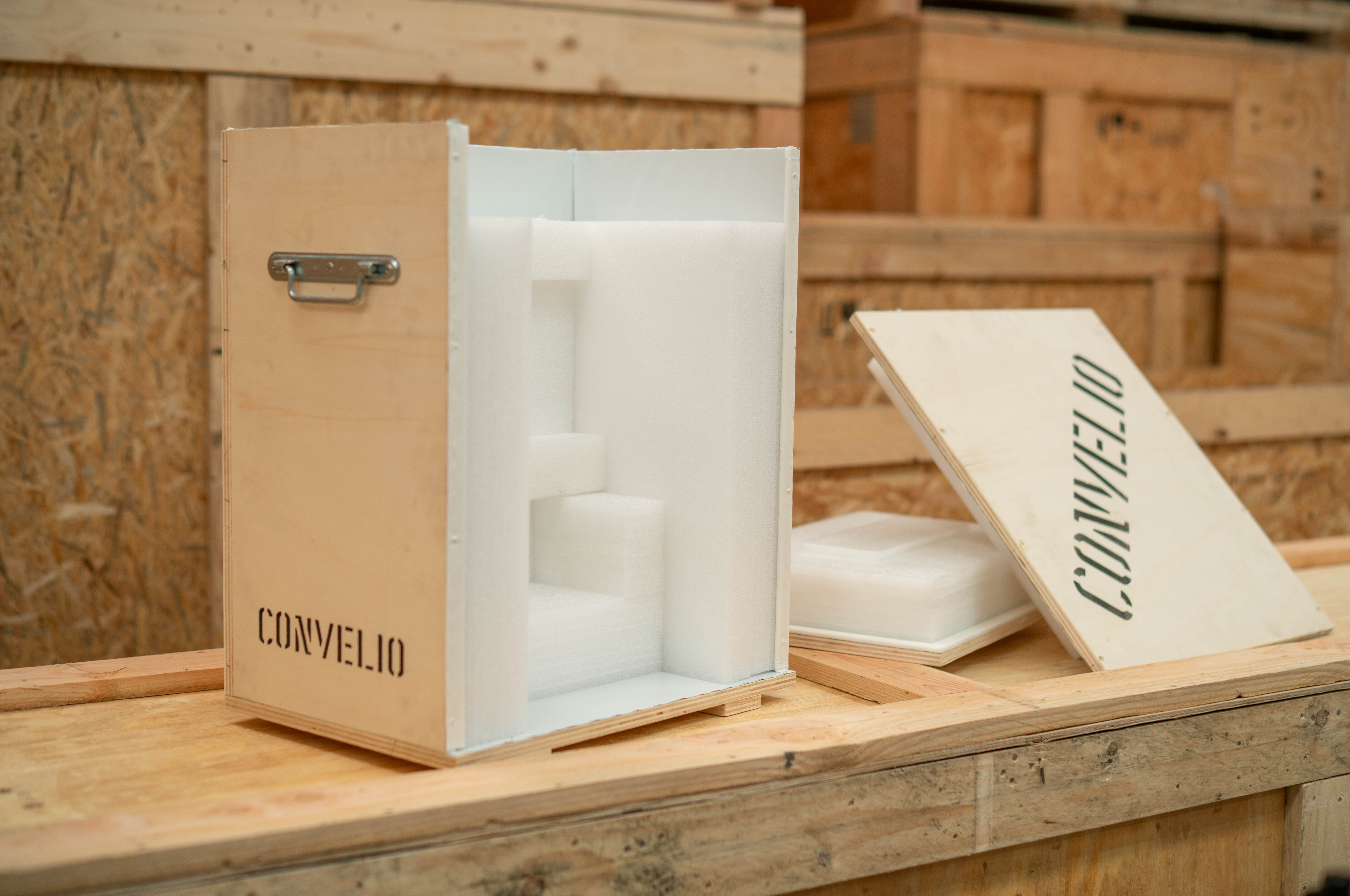
History of Art Transportation
The history of art transportation can be divided into four segments: the period before the emergence of specialized fine art shipping companies, the period following the emergence of specialized fine art shipping companies, the period following the emergence of tech-enabled fine art shippers with the global rise of tech, and the period following the impending sustainable shift that will have an impact on future development scenarios.
Art has been a form of creative expression since the beginning of time. Even before the invention of writing, the first human tribes left behind evidence of their artistic creations. The nomadic manner of life is said to have been associated with the first forms of transportation. Ancient people often moved locations and engaged in commerce and the transport of artistic items to other roving settlements. Later, “vanquished” objects were sent through the seas as part of the art transit process. As a result, shipping artwork internationally by air became a faster and safer option. The difficulties brought on by changes in temperature and humidity, as well as the potential for water damage to priceless works of art, were solved by this innovation.
The 1970s and 1980s saw an increase in the public’s interest in art, the establishment of art fairs, and the advent of blockbuster exhibits as a chic form of entertainment and a place to be seen. As art became more and more accessible to people of all ages, specialized OK art transportation firms emerged. Specialized fine art transportation businesses had already become a well-known sector by the 1990s. The historical participants in the industry, such as Hasenkamp, Momar, Cadogan Tate, Crown Fine Arts, etc., represented state-of-the-art and the final consumers’ most crucial requirements: security, safety, status, reliability, and stability. The tight bonds and long-lasting relationships between these businesses and their customers reflected the conservatism of the period in the art industry.
With the advent of the 21st century and the worldwide expansion of digitalization, brand-new players in the market, like Convelio, arose to transmit fine art using technology. Different socioeconomic groups now have more straightforward and more open access to membership in professional art and collecting. The art transportation sector followed the trend, and new players emphasizing innovation and contemporary technology emerged. These businesses address the primary social issues and demands: responsiveness and speed, process simplification and optimization, accessibility, and innovation. Even though other values are supplanting a century-long association with one service provider, transportation safety is still of utmost importance.
The industry is now dealing with new issues as the globe continues changing quickly in front of our eyes. Every company’s operations are impacted by climate catastrophe and the rising understanding of the need to reform business practices. There are three unique options for future art transport businesses to address the problems caused by climate change in the art market; first, via innovation: by modifying shipping practices through technology. This may be accomplished by offering reusable crates through a business. Furthermore, technology may be used to promote more condensed shipping, comparable to other applications where the service is shared among customers, saving energy and lowering emissions. Second, exercising due diligence entails evaluating the carbon emissions generated at each step of the transportation process and then identifying solutions. Last, there has been a shift in how people interpret art. The growth of digitization implies that skills will inevitably migrate increasingly toward digital forms of production as shows are held online or works are created on the gallery website and transmitted through email.
This quick look back at the development of the art transportation sector reveals its longevity and versatility. Convelio is continually testing and enhancing its current services and technology offerings to meet the art world’s ongoing development. To be the first to learn how we use one of our company’s core beliefs, “Innovate to simplify,” follow us on social media and our website.



